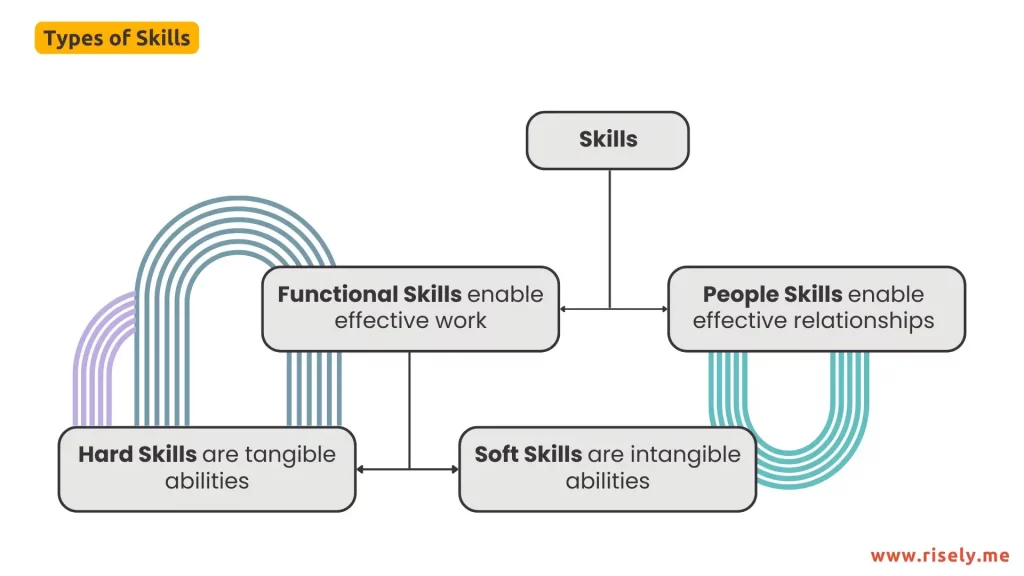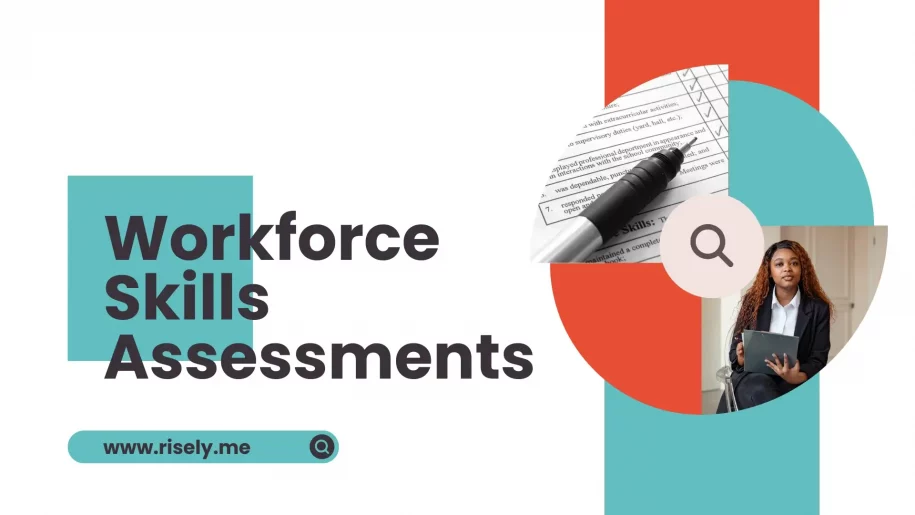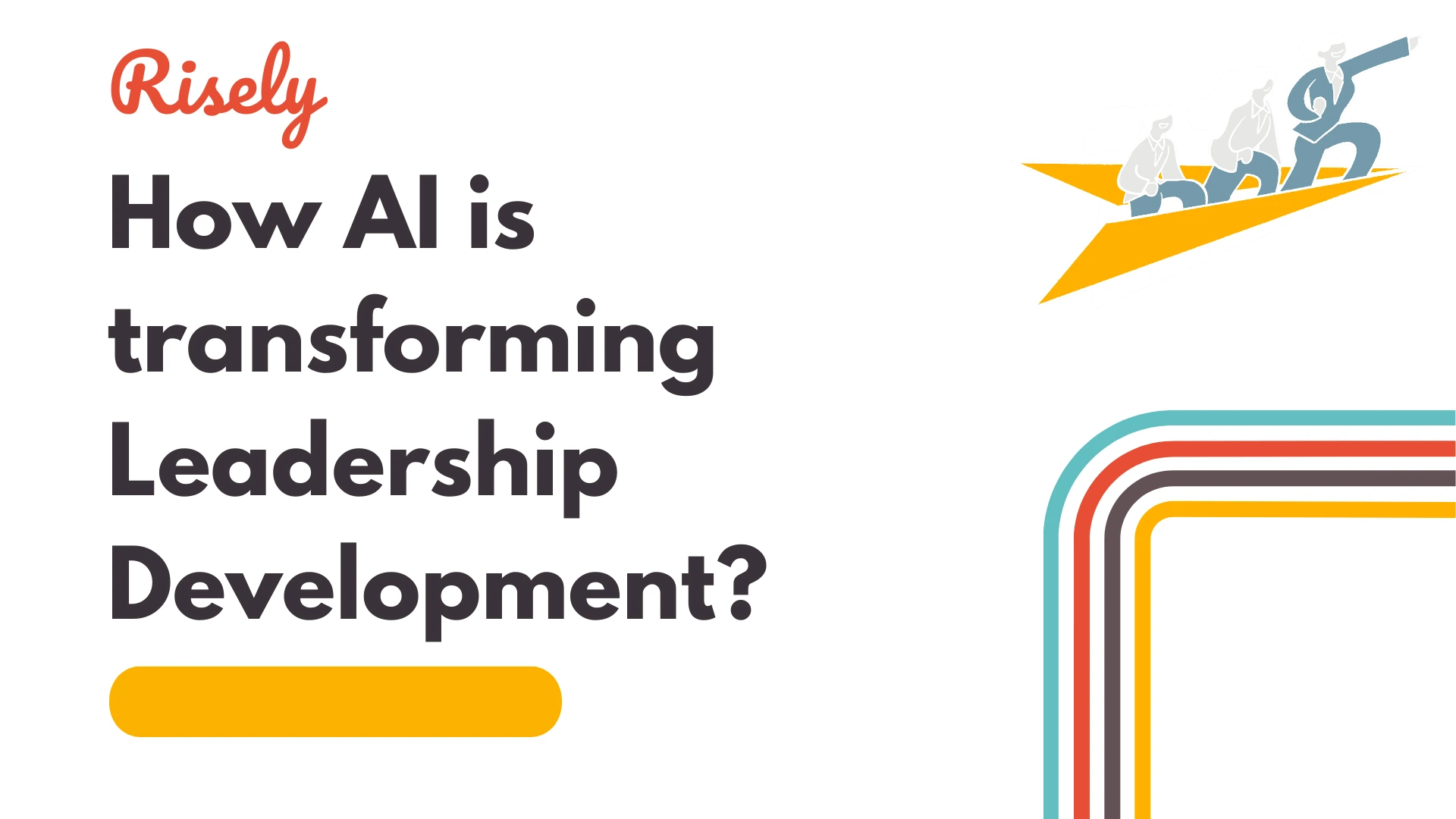How to run effective workforce skills assessments?
It’s the skill economy, and we are just living in it! As long as this adage holds, building the right workforce skills will continue to be a top priority for L&D professionals. Workforce skills assessments are a critical piece in this puzzle. They not only show what’s missing, but they are also a window into understanding potential and creating a competitive edge. This blog will uncover how you can make workforce skills assessments effective. We will start by understanding the basics and later delve (yes, delve) into the types, methods, and processes you should use for best results. So, let’s jump straight in!What is a workforce skill assessment?
Workforce skills assessments check how good employees are in different areas. They help organizations understand what their team can do together. These assessments use various methods. They can evaluate technical skills, like Python coding, and also look at people skills such as communication and problem-solving. By doing these skills assessments, you find out what necessary skills your employees have. You will also see any skill gaps that need to be filled. This knowledge is important to match the skills with business goals.Workforce skills assessments offer insights into the current repository of skills across the organization. It gives a bird’s eye view of skills and capabilities while also pointing to areas of improvement and potential for skill development.
When should you run a workforce skill assessment?
For most organizations, workforce skill assessments are regularly tied to performance appraisals. But it doesn’t need to be the case for your team. In fact, you can decouple performance and compensation. You can run workforce skills assessments:- During onboarding to gauge initial skill levels
- After significant training or project completion to measure progress
- Before promotions or role changes to ensure readiness
- Annually or bi-annually for overall skills evaluation
- For understanding the training needs of your team
What can you access with a workforce skill assessment?
Now that we know all about the assessment itself, let’s look a bit deeper: what can we really assess with the skills assessments of our people? Turns out, a lot! In workforce skills assessments, you can cover a wide range of skills including technical competencies like programming languages, digital marketing strategies, and data analysis tools. Moreover, people skills such as communication, teamwork, good leadership, and adaptability are also crucial to assess.
Why are assessments important for your workplace?
These assessments lay the groundwork for detailed learning and development plans. They save you from going in the wrong direction, and ensure that you are investing in the right direction with measured and carefully analyzed insights supporting your decisions. If we explore in detail, workforce skills assessments help you in many ways, such as:- Workforce skills assessments point out skill gaps in the workforce. They form a critical part of any skills gap analysis. After this, you can get a good picture of where your team stands, which helps match industrial benchmarks and build strategic advantages through skill development.
- These assessments also help you analyze performance correctly. Skills assessments help you realize whether an employee is equipped to perform their job adequately.
- If you find an employee missing critical skills, these assessment exercises form the core of targeted development programs. Similarly, skills missing across the organization point to the need for organization-wide training and upskilling programs. This also ties into succession planning and maintaining a robust talent pipeline.
- By conducting workplace skill assessments at regular intervals and in a sophisticated manner, you also showcase how invested you are in the professional growth of your employees. It goes a long way in building a positive employer brand and retaining loyal employees.
- One of the biggest benefits of assessing workforce skills is that you can customize learning programs. This helps you fill specific skill gaps. Instead of giving everyone the same training, you will create special programs that meet the exact needs of your team.
How to conduct a workforce skills assessment?
Creating a strong skills assessment program takes good planning and a smart approach. The first important step is to know the specific skills your organization needs for effective employee development. Using tools like a skills matrix makes this easier. It helps you see the current skills of your employees compared to what you will need in the future. This visual tool gives you valuable insights that can help you shape your assessment strategy and focus on what areas need development. You can start here: Free Skills Matrix Template by RiselyStart with your business goals
First, make sure your assessment matches your business goals. Think about which skills are key for your company to reach its goals now and in the future. Next, look at the current state of your workforce’s skills. Are there gaps that are keeping your company from moving forward? Also, think about the future needs. What trends in your industry could impact you? How will technology change? What might customers want in the future? When you look at these points, you can design your assessment program to meet the current and future skills needs of your organization. For instance, we could be running a workforce skills assessment to evaluate how easy or difficult an expansion into a new country is going to be. At that point, the assessments needs to focus on the skills that matter in this context. Let’s assume that we are working with the sales team at the moment. An assessment shows that while their negotiation skills are top-notch, cross-cultural communication could prove to be challenge.What are the different ways to assess your workforce?
When you create your skills assessment framework, it is very important to think about the specific type of skill you want to measure. Different skills need different assessment methods.
- Employee self-assessments are important for understanding individual skills and where improvement is needed. It is good to create a safe space so employees can share their honest thoughts.
- Peer reviews give a different view since coworkers often see things that managers do not. Make sure these reviews ask for clear examples of strengths and ways to improve.
- 360-degree assessments take this one step further with reviews from all peers connected to one employee.
- A mix of above like Risely’s assessments that combine both self and peer feedback.
Run assessments easily with tech
While we have seen many methods of assessing employees for their skills, tech can help you out in many ways on this journey:- For one, tech will help you cut down the biases and lack of transparency that are a common concern of employees being assessed. You can run truly blind assessments without human interference and allow honest results to guide your decisions.
- Distribution of assessments online is a no-brainer. It goes without saying – sharing a common, standard assessment globally with your team is the best way to ensure fairness in the process of workforce skills assessments.
- Third, you will be able to reduce the in-house burden of assessment creation by leveraging services like Risely. It includes ready to send assessments which are already vetted and validated by experts and trusted by your competitors.
- And lastly, we know that assessments are just a part of the puzzle and not the whole game. The same tech solutions like Risely go beyond workforce skills assessments. They will help you with the other steps too, like creating goals and building personalized learning journeys.
Make Leadership Skill Assessments Easier with Risely
Risely offers assessments for around 20 key leadership and people management skills (even the hard-to-find ones like confrontation ability and assertive communication). These assessments are carried out in two phases. The first is a self-assessment the managers fill out; the second assessment goes to their team and solicits feedback, which is later presented anonymously. It allows for honest appraisal, which many 360-degree feedback tools fail at.
You can run your first one for free here: Leadership Skills Assessments, and create a learning journey based on the assessment results.
What can be your next steps after a workforce skill assessment?
Collecting assessment results is just the start. The true value is in how you look at and use that data to make real changes. You can use these insights in many ways, such as improve learning and development programs, enhance hiring processes, and build a more flexible workforce. Think about the performance expectations for each job and how skills are spread across your team. If you see a big gap between the skills you want and the skills your team has, it means you need to train or improve those skills. Also, don’t just focus on the numbers. Look at the feedback and self-assessments from employees. It’s important to know how employees view their strengths and weaknesses and what they want for their growth. This understanding boosts employee engagement and helps create a positive work environment. Broadly, there are two courses of action for L&D teams after doing a workforce skills assessment:- First, see which skills need more emphasis to reach strategic objectives. Conduct skill development programs focused on this area by picking the right people and building an incredible L&D strategy.
- Second, see which skills need emphasis to reach professional goals of the individual team members. Supporting their journeys is a game-changer for motivation, loyalty, and retention.
Assess, analyze, and iterate for success
Assessments are never a one and done exercise. As we noted at the beginning, workforce skills assessments need to be regular and consistent to be really impactful. There might be some roadblocks on your path too. Some employees might hesitate to fill out assessments. It’s common when the culture is not very open. There are fears of repercussions. Or else, you would notice average ratings pretty much everywhere because no one wants to stand out and make themselves the center of attention. Focus on communicating why the assessments matter, use anonymous tools, and build confidence in the people. Make it clear that the aim is to help grow skills, not to punish anyone. It’s also important to keep the results private and focus on giving constructive feedback that helps employees improve. Continuous learning, driven by these assessments, prepares your workforce to adapt to changes in the industry and new technologies. Retention rates improve as employees feel valued and supported in their careers. Make sure to highlight the value of continuous learning in your company culture. Encourage employees to take charge of their own development, look for learning chances, and adopt a mindset focused on growth. As for the assessments, keep collecting feedback and iterating for improvements!Wrapping Up
In conclusion, it is very important for L&D professionals to understand workforce skill assessments. This helps match company goals with employee development. By knowing workforce needs and creating good assessment frameworks, you can improve L&D strategies and encourage ongoing learning. Analyzing assessment data correctly is crucial. You should also create action plans based on what you find. This helps close skills gaps. To tackle challenges, using best practices is necessary for successful skills assessments. A proactive approach will help empower your workforce and boost performance.Support your team’s growth effectively with a skills gap analysis.
Grab your free copy of Risely’s Skills Gap Analysis template and kickstart learning.


